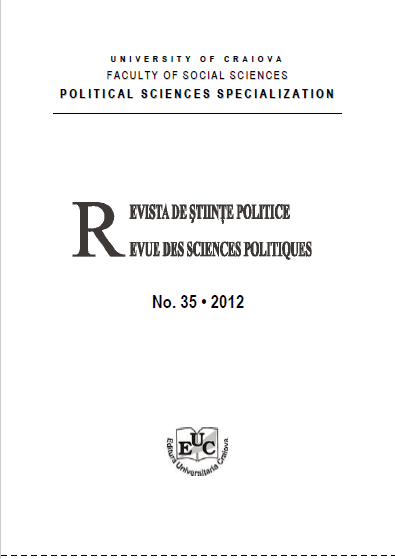Aspects of the historiographical stages of the National Rennaissance Front
Aspects of the historiographical stages of the National Rennaissance Front
Author(s): Mihaela Buzatu (Hriban)Subject(s): Political history, Interwar Period (1920 - 1939), Ethnic Minorities Studies, Politics and Identity
Published by: Editura Universitaria Craiova
Keywords: National Renaissance Front; King Carol II; national minorities; adherence agreement; territorial claims;
Summary/Abstract: Established by King Carol II, the National Renaissance Front had the mission to group around the sovereign supporters of his political plan. Those charged with enrolments to the party tried to attract representatives of all social categories, leaders of old traditional political units, but also representatives of national minorities; the placing of the latter in the Front was desired to be perceived as a national consensus regarding the political regime of Romania at that time. The Romanian leaders, given the territorial claims that some of the minorities had, considered such an agreement absolutely necessary, inasmuch as their demands were intensified by revisionist tendencies manifested at European level. The first agreements were signed, as expected, with the German, Hungarian and Bulgarian minorities; although they signed applications for membership, individual or collective, to the royal political party, most of the minorities not only joined its doctrine, moreover, they tried to combat the F.R.N. principles from inside.
Journal: Revista de Științe Politice. Revue des Sciences Politiques
- Issue Year: 2012
- Issue No: 35
- Page Range: 7-11
- Page Count: 5
- Language: English

